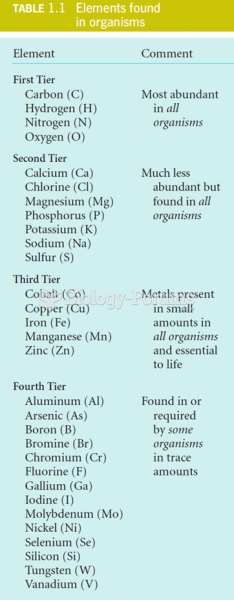|
|
|
In ancient Rome, many of the richer people in the population had lead-induced gout. The reason for this is unclear. Lead poisoning has also been linked to madness.
Methicillin-resistant Staphylococcus aureus or MRSA was discovered in 1961 in the United Kingdom. It if often referred to as a superbug. MRSA infections cause more deaths in the United States every year than AIDS.
When blood is exposed to air, it clots. Heparin allows the blood to come in direct contact with air without clotting.
Pubic lice (crabs) are usually spread through sexual contact. You cannot catch them by using a public toilet.
Not getting enough sleep can greatly weaken the immune system. Lack of sleep makes you more likely to catch a cold, or more difficult to fight off an infection.
 The Blue-bearded Bee-eater Nyctyornis athertoni is a large species of bee-eater found in South Asia.
The Blue-bearded Bee-eater Nyctyornis athertoni is a large species of bee-eater found in South Asia.
 The early development of the mammalian brain illustrated in schematic horizontal sections. Compare ...
The early development of the mammalian brain illustrated in schematic horizontal sections. Compare ...






